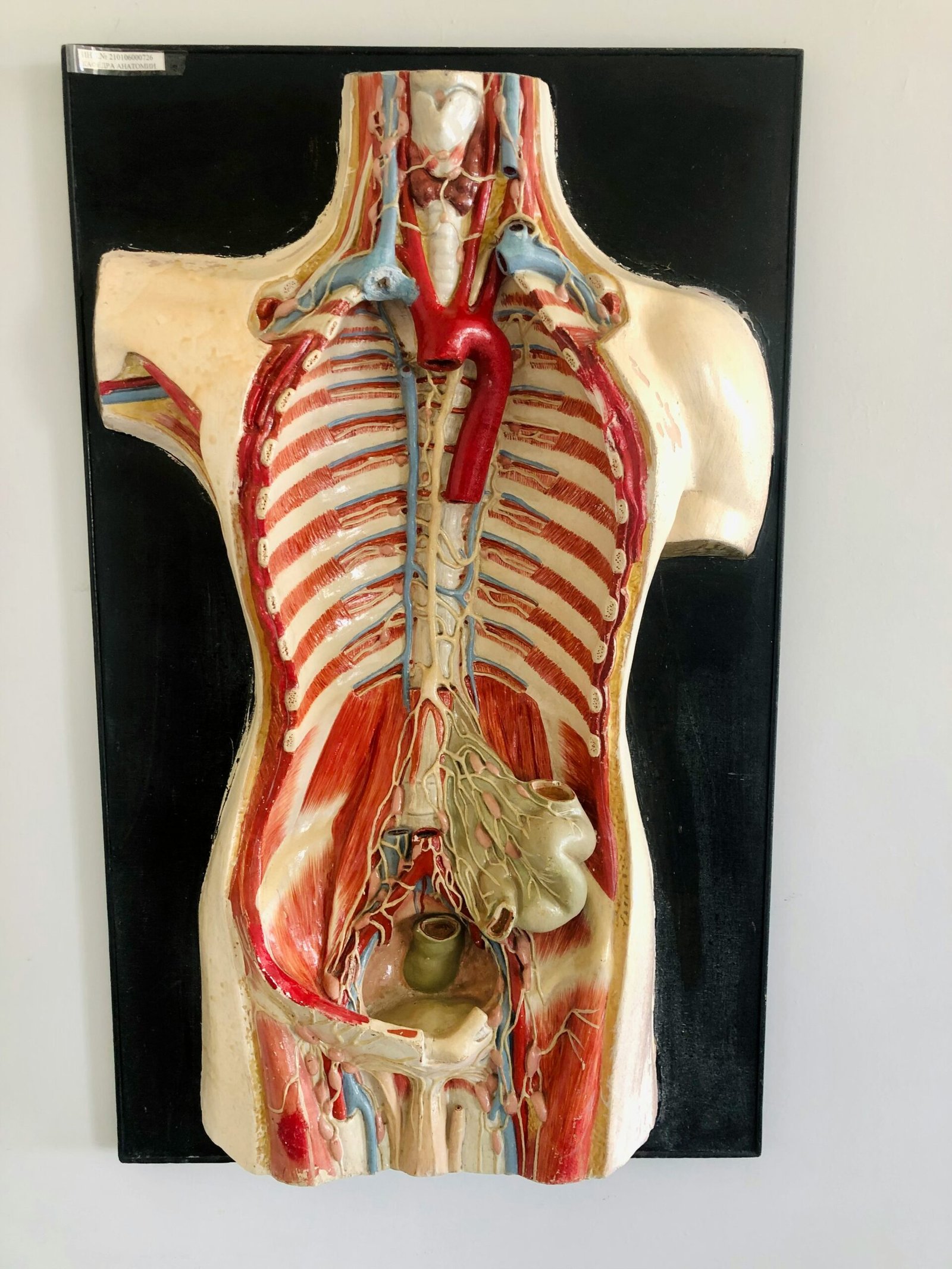Introduction to Cardio Exercises and Calorie Burning
Cardio exercises, also known as cardiovascular workouts, are essential for maintaining and enhancing overall fitness. These exercises focus on elevating the heart rate, which in turn promotes fat loss and contributes significantly to weight management. The importance of cardio exercises cannot be overstated, as they play a crucial role in improving metabolic rate and ensuring that the body effectively utilizes energy.
Engaging in regular cardio workouts is an effective strategy for burning calories quickly. The underlying principle of calorie burning during cardio exercises lies in the increased demand for energy, which prompts the body to break down stored fats. This process is vital for those aspiring to shed excess weight and achieve a healthier physique. Moreover, consistent cardiovascular activity has been linked to numerous health benefits, including decreased risk of chronic diseases such as diabetes, hypertension, and heart disease.
Calorie burn during cardio exercises is influenced by several factors, including the intensity and duration of the workout, along with an individual’s overall fitness level. Higher-intensity workouts, such as running or high-intensity interval training (HIIT), can lead to more significant calorie expenditure within a shorter time frame. On the other hand, longer-duration activities, like brisk walking or cycling, contribute to a gradual and sustained calorie burn.
Additionally, personal fitness levels play a crucial role; individuals with higher fitness levels may burn calories more efficiently due to their enhanced capacity for aerobic activity. To measure the effectiveness of different cardiovascular workouts, it’s essential to consider metrics such as heart rate, perceived exertion, and overall caloric burn. Tools like fitness trackers and mobile apps have made it easier to monitor these parameters, providing valuable insights for optimizing workout routines.
Understanding the dynamics of calorie burning through cardio exercises can serve as a foundation for creating effective fitness plans tailored to individual goals. By integrating a variety of cardiovascular activities into one’s exercise regimen, it becomes possible to enjoy the multifaceted benefits of increased endurance, improved metabolic health, and successful weight management.
High-Intensity Interval Training (HIIT)
High-Intensity Interval Training (HIIT) stands out as one of the most effective methods for burning calories rapidly. This form of exercise involves alternating between short bursts of intense activity and periods of rest or lower-intensity exercise. Typically, HIIT workouts can range from 10 to 30 minutes, making them a highly efficient choice for individuals with tight schedules.
The structure of a HIIT workout is quite flexible, allowing customization based on personal fitness levels and goals. A common example is sprinting for 30 seconds followed by 1-2 minutes of walking or jogging. This cycle is repeated multiple times within the workout duration. The beauty of HIIT lies in its versatility; exercises can include sprinting, burpees, cycling, or any activity that raises the heart rate substantially during the intense phases.
There are several benefits associated with incorporating HIIT into a fitness routine. One of the most significant advantages is the efficiency in time management. HIIT workouts can achieve similar, if not better, results compared to traditional cardio exercises performed over longer periods. This makes HIIT a popular choice for those looking to maximize their exercise efficiency.
Another notable benefit is the ‘afterburn effect’ or Excess Post-Exercise Oxygen Consumption (EPOC). This phenomenon causes the body to continue burning calories even after the workout has ended, as it works to return to its resting state. This means that HIIT not only helps in burning calories during the workout but also extends the calorie-burning benefits for hours afterward.
Furthermore, HIIT is highly effective in improving cardiovascular health. The intense bursts of activity paired with recovery periods challenge the heart and lungs, increasing overall endurance and cardiovascular capacity. Incorporating popular HIIT exercises like burpees, cycling sprints, or hill sprints into your fitness routine can lead to significant improvements in both cardiovascular fitness and calorie expenditure.
Running and Sprinting
Running and sprinting stand out as some of the most effective and accessible cardio exercises for those wishing to burn calories rapidly. Whether you opt for a steady-state run or high-intensity sprints, both methods offer unique benefits tailored to diverse fitness levels and goals.
Steady-state running involves a consistent, moderate pace over a prolonged period, making it ideal for beginners. This form of aerobic exercise primarily enhances cardiovascular endurance, helping to improve heart health and lung capacity. Beyond its physical benefits, running is also known to positively impact mental health by reducing stress and anxiety through the release of endorphins.
On the other end of the spectrum, sprinting focuses on short bursts of maximum-effort running interspersed with recovery periods. This high-intensity interval training (HIIT) method is particularly effective for calorie burning, as it elevates the heart rate quickly and boosts metabolism. As a result, sprinting not only helps in rapid calorie expenditure but also aids in building muscle tone and improving overall athletic performance.
The effectiveness of running and sprinting is influenced by several factors, including workout intensity and frequency. For those new to running, starting with manageable distances and incorporating walking intervals can ease the transition. Proper form is critical to prevent injuries; this includes maintaining a straight posture, landing mid-foot, and avoiding excessive heel strikes. As fitness improves, one can introduce variations such as hill sprints, which add resistance and boost muscle strength, or treadmill workouts, which offer a controlled environment and the ability to adjust incline and speed.
Advanced runners can further challenge themselves by incorporating interval training, mixing sprint intervals with periods of jogging or walking to enhance stamina and speed. Regardless of fitness level, running and sprinting remain versatile, high-impact exercises that contribute significantly to rapid calorie burning and overall health improvement.
Cycling: Indoor and Outdoor
Cycling stands out as a versatile and enjoyable form of cardio exercise, whether engaged in outdoors or on a stationary bike. Both forms of cycling offer a plethora of benefits, particularly when it comes to burning calories effectively. One of the key advantages of cycling is its low-impact nature, making it an ideal choice for individuals seeking to minimize strain on their joints while maximizing their workout efforts. This is especially beneficial for those with joint issues or older adults trying to maintain an active lifestyle.
Outdoor cycling provides the thrill of exploring different terrains, from hilly paths to flat roads, adding variety and excitement to your exercise routine. The changing scenery can serve as a psychological boost, making longer workouts feel less tedious. Additionally, the natural resistance offered by wind and varied landscapes can increase the intensity of the workout, thus enhancing the calorie burn. On average, a person can burn around 400-600 calories per hour, depending on their weight and the intensity of the ride.
On the other hand, indoor cycling or stationary biking offers unparalleled flexibility and control over one’s workout design. With stationary bikes, cyclists can adjust the resistance settings to mimic uphill climbs or flat terrain, providing a customizable workout experience regardless of weather conditions. Furthermore, structured indoor cycling classes can help maintain motivation and introduce interval training, a highly effective method for maximizing calorie burn. Calorie expenditure on a stationary bike can range from 350 to 600 calories per hour, similar to outdoor cycling, but with added convenience and control.
To maximize calorie burn while cycling, both indoor and outdoor cyclists can adopt a few strategic approaches. Interval training, which involves alternating between high-intensity bursts and lower-intensity recovery periods, can significantly elevate the heart rate and increase fat-burning potential. Additionally, manipulating resistance levels, either by selecting tougher terrains or adjusting bike settings, can further challenge muscles and boost caloric expenditure. Lastly, integrating cycling into daily routines, such as commuting to work or running errands, can augment overall physical activity and contribute to a higher calorie burn.
In summary, cycling presents a highly effective and enjoyable way to burn calories quickly while offering flexibility tailored to individual fitness levels and preferences. Whether navigating outdoor trails or pedaling on a stationary bike, the benefits of cycling, from joint protection to customizable intensity, make it a commendable addition to any fitness regimen.
Jump Rope Workout
Jump rope workouts stand out as one of the most efficient and portable cardio exercises for quick calorie burning. A consistent jump rope session can burn around 10-16 calories per minute, making it a powerful tool for those looking to maximize their calorie expenditure in a short amount of time. Additionally, jump roping significantly enhances coordination, agility, and cardiovascular health, contributing to overall athletic performance and endurance.
The versatility of a jump rope workout is another significant advantage. Beginners can start with single jumps, which involve swinging the rope and jumping as it passes beneath your feet. As fitness and skill levels progress, more complex techniques such as double unders, where the rope passes twice beneath the feet with each jump, and crossovers, which involve crossing the arms in front of the body while jumping, can be introduced. These variations not only increase the workout’s intensity but also keep it engaging and challenging.
For those new to jump rope exercises, it is essential to begin with a proper warm-up and to start slowly, focusing on mastering the basic jump before progressing to more advanced techniques. Initially, aim for short intervals, such as 30 seconds of jumping followed by 30 seconds of rest, gradually increasing the duration and intensity as endurance improves. Proper technique is crucial to avoid injury: ensure that you are using a rope of appropriate length, keep your jumps low to minimize impact, and maintain a light, rhythmic bounce on the balls of your feet.
Consistency is key in any fitness routine, and jump roping is no exception. Dedicate time to practice regularly, even if for just a few minutes each day, to build stamina and proficiency. With its extensive benefits and adaptability, incorporating a jump rope workout into your exercise regimen can lead to remarkable improvements in calorie burning efficiency and overall physical fitness.



